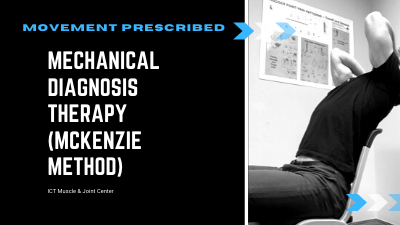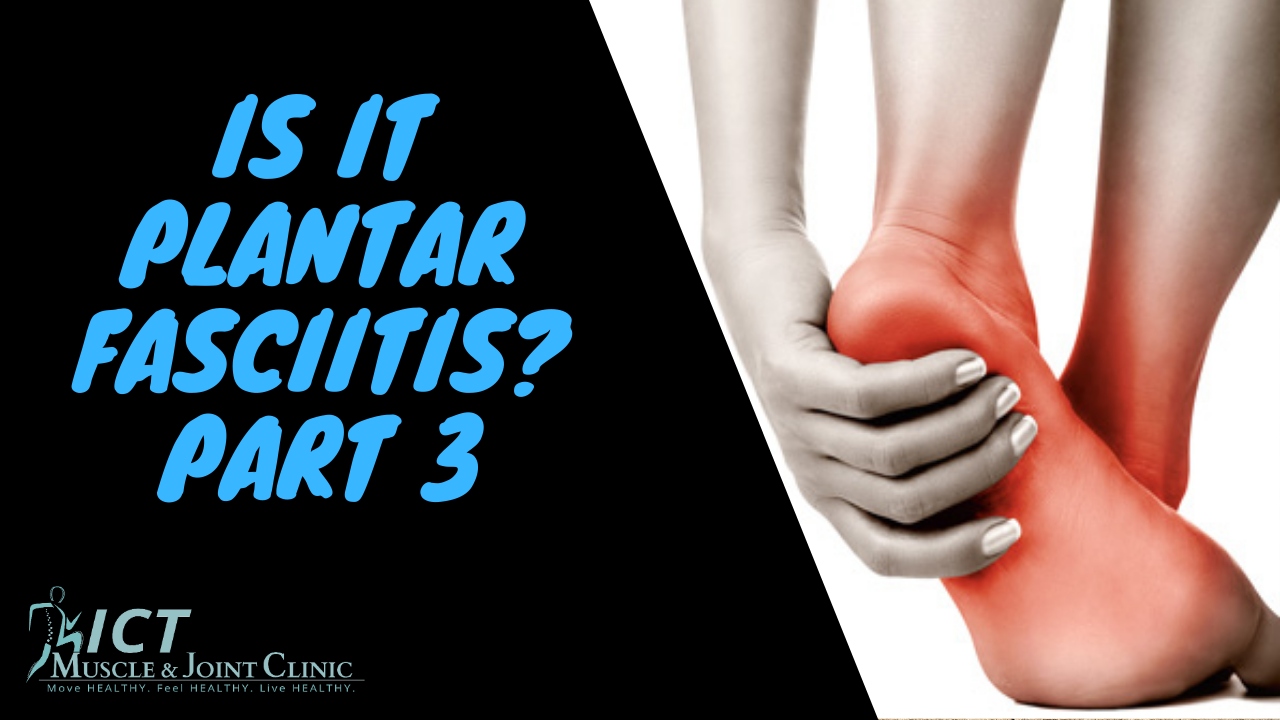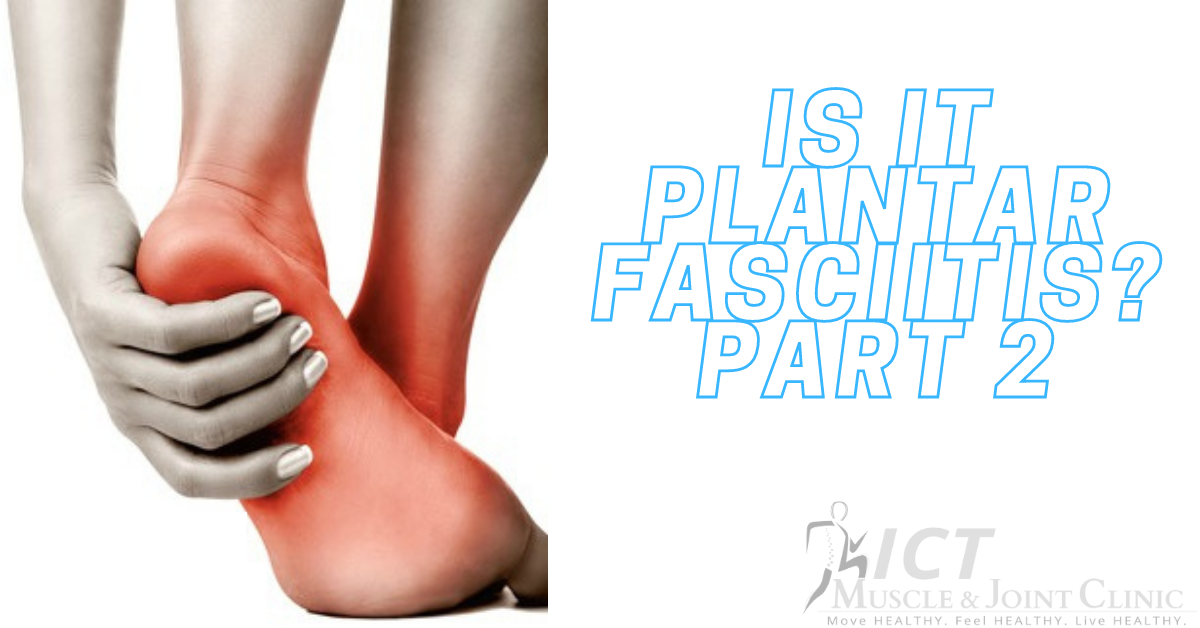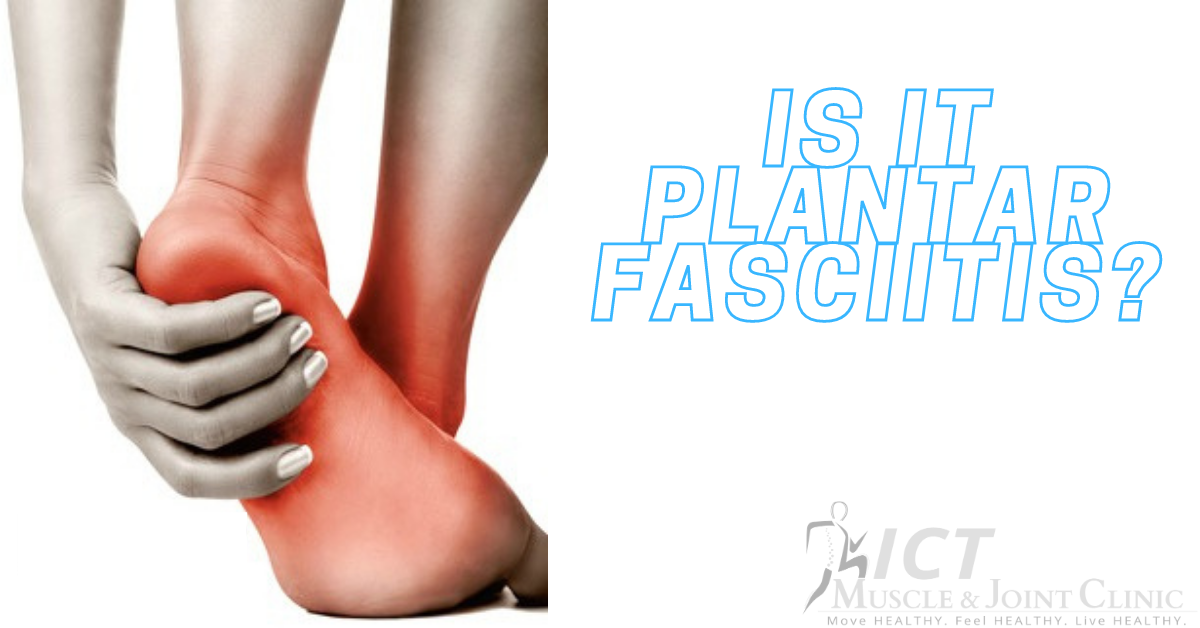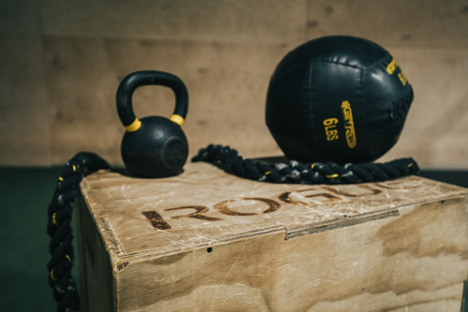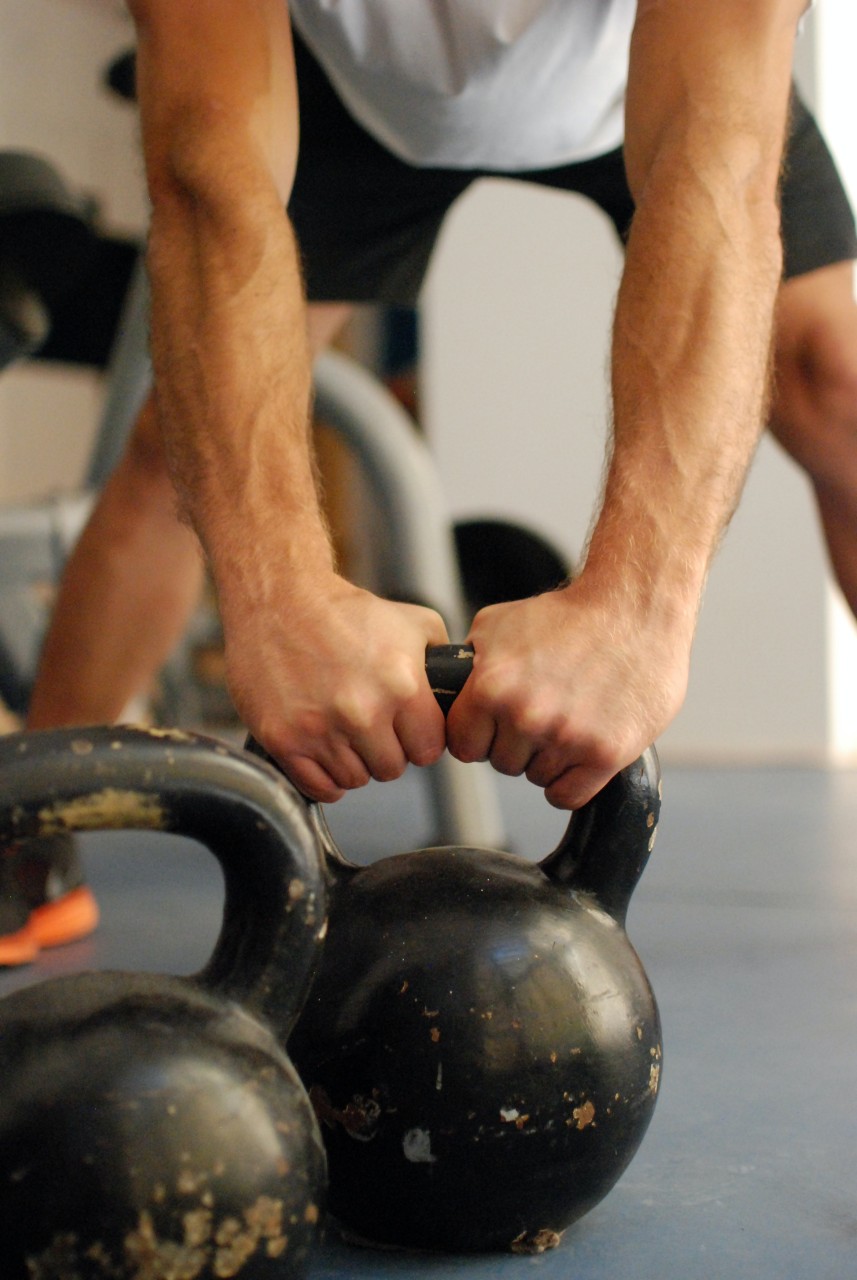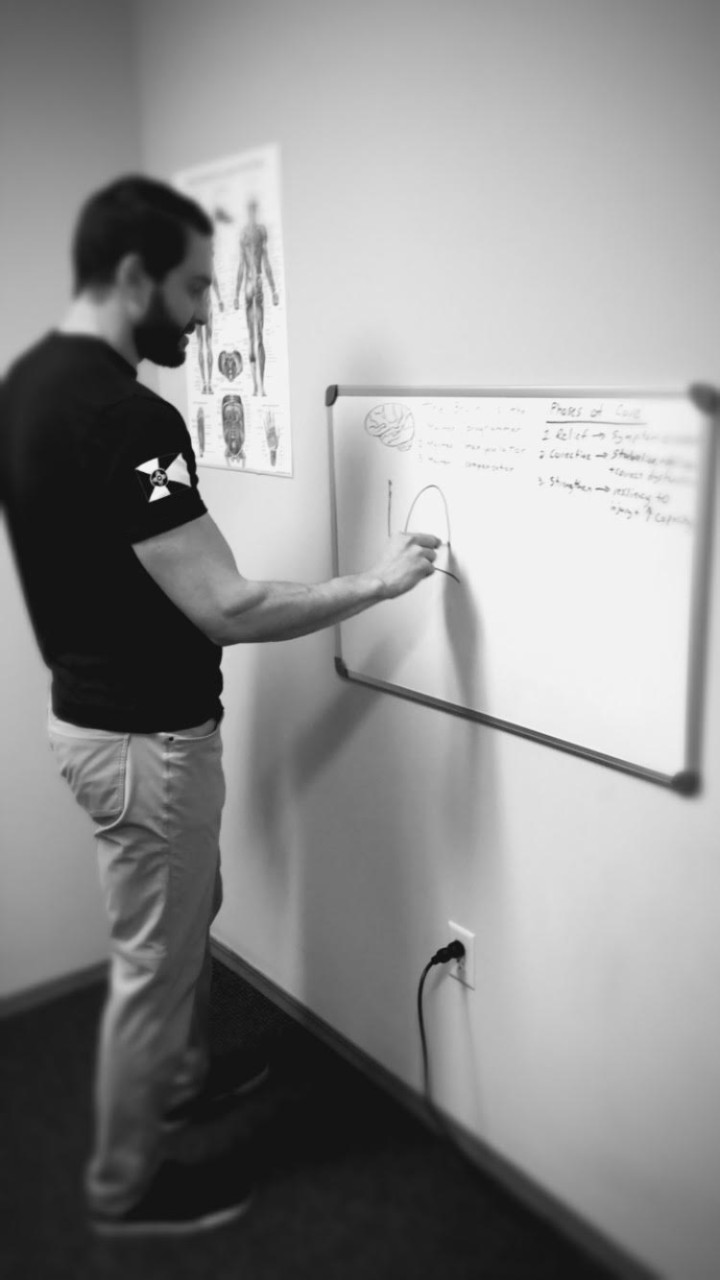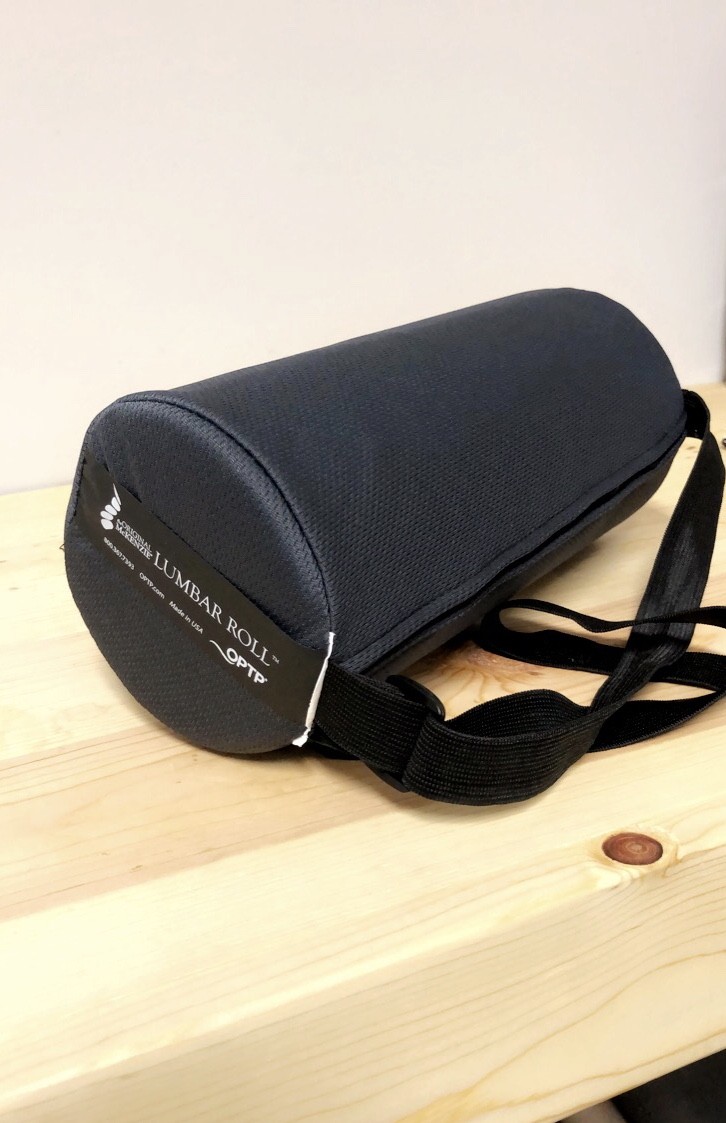When it comes to mechanical pain, Dr. Tyler Panko has seen the best outcomes produced when chiropractic, physical therapy, strength and conditioning, and soft tissue techniques and principles are combined into an individualized plan for the patient. His purpose and passion are to educate and help all people, ranging from acute to chronic pain, professional athlete to daily worker, and young child to elderly, go from pain to increased performance in their daily lives doing the things they love. His belief is that life is an athletic event, and everybody has the right to move and feel great well into old age.
December Movement Newsletter
We are in the end of fall season and winter starting soon which means the weather gets colder and makes for prime napping. This gets us on this month’s topic: sleep. As many of you have seen, when you fill out intake paperwork with us there are questions on sleep. We know that a main question that may pop in your head can be: “how can sleep relate to my pain and overall health?” We want to answer that as well as give you a few tips we like to use to help address sleep issues you may be having.
"Knowledge is, by far, the most powerful tool to treat and cure pain. More powerful than any pill." - Dr. David Butler, author of "Explain Pain".
What Is Mechanical Diagnosis & Therapy (McKenzie Method)?
An internationally researched system of assessment and rehab for spinal and extremity musculoskeletal pain. Clinicians that have training in the Mechanical Diagnosis & Therapy (MDT) system are able to assess, classify, manage, and properly refer out when indicated for all complaints of the musculoskeletal system. This means that if a pain complaint is coming from the spine, extremity joints, muscles or tendons, then a MDT evaluation is appropriate. A clinician with MDT training will be able to identify what management strategy is best and outline a predicted recovery plan. All using movement and patient education as a guide toward self management.
The Ankle and Plantar Fasciitis
Limited Ankle Dorsiflexion (foot going toward shin) is shown to be a low to moderate risk for developing plantar fasciitis. Why? Our body is incredibly smart and even when it is lacking joint range of motion in the ankle it will still accomplish the task at hand like running, squatting, lunging by compensating and increasing strain up and down the chain. This commonly means increased demand and force placed upon the plantar fascia over time.
Treatment and rehab for plantar fasciitis can involve everything from foot, ankle, hip, and core based on your individual presentation. We will start from the bottom and move on up in an succeeding blog.
Many times, pain in the bottom of the foot or heel can be pushed into a blanket diagnosis of “you have plantar fasciitis”. But is it plantar fasciitis? Could it be another condition like tibialis posterior tendonitis, stress fracture in the heel, radiating pain from the low back? While getting a blanket diagnosis of plantar fasciitis based on zero exam with some basic rehab and soft tissue techniques thrown at it may work, there is a good chance it probably will not. You must know what you are aiming at. And in the same boat, what is causing the plantar fasciitis? Just because there is pain and inflammation in the plantar fascia does not mean that the CAUSE of the pain is coming from that area as well. In fact, it rarely does. This is why seeking out help from sports chiropractor or physical therapist is important to get a proper diagnosis and most importantly find out the main cause of the pain.
PAIN GUIDELINES
STOP LIGHT SYSTEM TO PAIN
RED LIGHT:
YELLOW LIGHT:
GREEN LIGHT:
HOW ICT MUSCLE & JOINT CAN HELP YOUR PAIN
References: "A World of Hurt: A Guide to Classifying Pain"
There are a lot of misconceptions and confusion that come with rehab and recovering from an injury. Some common questions we have pop up or know people are wondering are: why am I having to do exercises at home? Can’t you just “fix” me with your treatments at your office? Why I am doing these low-grade rehab exercises at the beginning? Why am I continuing to come and progress with exercises if I am out of pain? These are just to name a few, and we will try to answer each as best we can.
There are two things behind this idea. One that everyone should be treated with the same presence, time, listening, care and attention to detail as an athlete is in today’s culture of rehab. Two that care should be dictated toward getting the patient back to moving better and finding or encouraging a movement practice they love. Just like when we are doing a “return to play” strategy with an injured athlete.
My name is Riley Dreher and I was blessed with the opportunity to complete 500 total hours of shadowing at ICT Muscle and Joint Clinic through Wichita State University. This internship was my final project to complete my Bachelor’s Degree in Exercise Science. I have been accepted into Cleveland Chiropractic College in Overland Park, Kansas where I will begin attending school next January. During my time here at ICT Muscle & Joint Clinic, I was able to develop, study, and seek further knowledge of what I can offer to the future chiropractic world and what ICT Muscle & Joint Clinic has to future patients.
The ICTMJC Mindset
If you knew Patrick Mahomes was going to come to the presentation you were doing, how much more would you prepare, wanting to give the best presentation of your life? Maybe you could care less, but you get the point. The majority of people would automatically prepare like an over-caffeinated-mad-man to make sure the presentation was top notch. But what if we treated everyone like that? What if we were fully present and brought our “A” game with everybody? What if we went that extra mile no matter who was in front of us? This is the mindset we at ICT Muscle & Joint want to have. Nobody is more important than anyone else. Everybody deserves that world-class-athlete-treatment.
Happy New Year Wichitans! Hope everyone had a safe and fun holiday season. With the new year comes reflecting on goals and resolutions to make 2020 the best year yet. Keeping that in mind, we wanted to roll out a new series describing a concept that is near and dear to us at ICT Muscle & Joint and our goals for patient care: Treating Everyone Like an Athlete.
In today's technology age, most people spend a lot of time sitting at desk looking at a computer, or looking down at their phone. There is nothing wrong with this posture. I'll say it again, THERE IS NOTHING WRONG WITH THIS POSTURE. I wrote this while sitting in that position. However, because of this position and how gravity works, our postural muscles work as our anti-gravity muscles. Without them, we would technically face-plant on our computers and phones 🤦♂️.
What’s up Wichita Community! My name is Tyler Panko and I am a recent graduate of Cleveland University in Kansas City with a Doctorate of Chiropractic degree. I grew up on a small town, cattle farm in Tekamah, Nebraska with my parents and four older brothers. Within that environment, I developed an empathy and passion for helping people. As a kid, I cultivated a great interest in sports and human performance. While most kids asked for toys at the grocery store, I asked for the monthly edition of Men’s Health magazine to investigate new training strategies. Throughout high school and college, I considered athletic training and physical therapy, but eventually settled on chiropractic medicine after obtaining my undergraduate degree from the University of Nebraska- Lincoln. Go Big Red!



